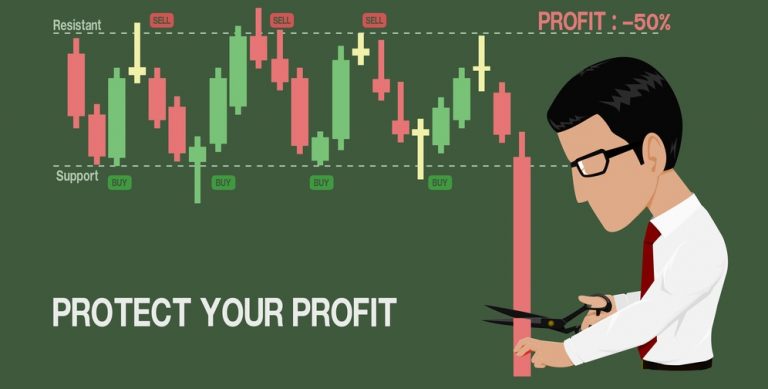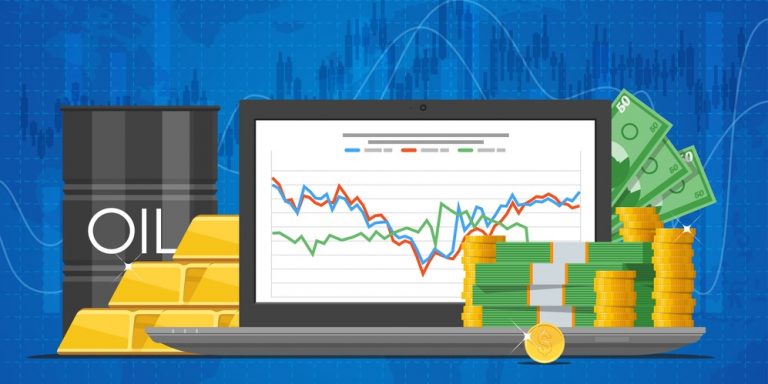
Perhaps the best benchmark for comparison of the features of CFDs is share dealing in the traditional sense. When we think of investing, our default position is to imagine the trader buying and selling shares on a straightforward, pound-for-pound basis, cashing in on the difference between the price on the day shares are bought and that on the day they are sold.
In reality, the markets are much more complex, with a wide range of tradable assets on offer, of which CFDs are but one. So how do the two compare, and what are the specific characteristics of CFDs that lend them as an instrument class to profitable trading?
Trading and Leverage
The obvious key advantage with CFDs over straight share dealing is the leverage effect. Trading on margin, CFDs allow traders to take an often-vast exposure to a position without the need to stump up all the required cash. This serves to boost the earnings potential of any given trade, while also equalling increasing the risk profile of taking a particular position.
With share dealing, trading is conducted on an unleveraged, non-margined basis, limiting the profit potential of a single trade (and indeed the exposure to risk). Thus, share dealing represents the more conservative trading form of the two, with CFDs allowing traders to stack up behind sure-fire positions to increase earnings.
The Ownership of Underlying Assets
Another difference between the two lies in the rights being traded. With share dealing, investors are buying assets with an inherent value and yield in their own right. Shareholders are entitled to vote on strategic decisions affecting the future of the company, and are entitled to a regular dividend payment from corporate profits. As a CFD holder, your have no such entitlement, because you don’t in fact own any of these rights. However, CFD brokers will still reflect dividend payments and other corporate actions by factoring these in to the value of the CFD positions you hold, ensuring that your positions benefit from corporate goings on in spite of your lack of corporate ownership.
Tax Treatment for CFDs and Stock Trading
When deciding whether to trade CFDs or shares, the differing tax treatment of the two instruments must also be factored in to any calculations of cost efficiency. CFDs are exempt from stamp duty, charged automatically on share transactions at a rate of 0.5% of transaction value. However, CFD positions can be more expensive in the long run as interest and higher transaction costs take hold, and it depends on the nature and length of the position you wish to take which will work out most cost effective.
Thankfully, contracts for difference and trading in simple shares are not mutually exclusive, and savvy traders tend to employ a degree of both across their portfolio to diversify risk and make the most of the different trading options available to them. That said, it’s advisable to have a strong grasp of the pros and cons of each form of trading at your disposal before settling on one or the other for a particular transaction, and by employing CFDs and share dealing in tandem as part of a wider strategy, it can be possible to secure the advantages contributed by both instruments to maximise your trading income.






